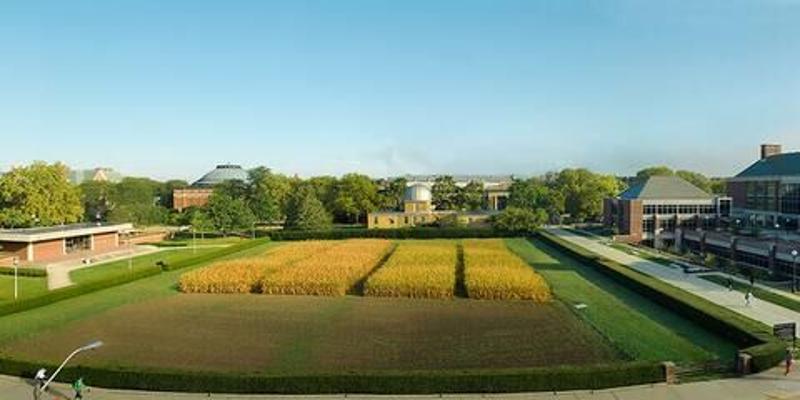(The Center Square) – The University of Illinois has announced the establishment of a 55-acre soil research field called the Alma Mater Plots near the headwaters of the Embarras River in Champaign.
The project will create a living lab that fulfills the land grant mission of U of I’s College of Agricultural, Consumer and Environmental Studies, Dr. Andrew Margenot, a soil scientist, said.
“We need to understand long-term effects of farming at a long timescale,” Margenot said. “The hope is that when I am long gone, and my son’s grandkids will be alive, this will be yielding insights.”
Margenot credits Dean German Bollero for his vision in advocating for the extensive project. U of I’s investment in the Alma Mater Plots will produce data to address the practical needs of Illinois farmers for years to come, Bollero said.
U of I has been a pioneer in ag research for 150 years, Margenot said. Forward-thinking investments by U of I in the 1800s have led to U.S. domination in agricultural production and research, he said.
“I don’t think that people fully grasp that the fundamentals of soil science, fertility of soil crop production, breeding hybrids that exploded yields and helped stave off world famine. That was all done here,” Margenot said.
When the predecessor of the Morrow Plots was established 148 years ago, Illinois farmers were getting yields of 20 to 40 bushels of corn per acre. Today, Illinois farmers get yields of 200 bushels per acre or more.
Farming today is complex and high-tech, Margenot said. Data collected at the Alma Mater Plots will help farmers navigate best practices for generations to come.
To make the research as meaningful and practical for farmers as possible, Margenot is seeking input from farmers and stakeholders on what will be studied.
“This isn’t a project for a bunch of professors in offices,” Margenot said.
He invites people to contact him at [email protected] with suggestions for subjects to study and for tours, he said.
The Alma Mater Plots will comprise 64 test plots with 16 treatments and four replicates. Each plot will be center-tiled and have a buffer tile running through the border of the plots.







